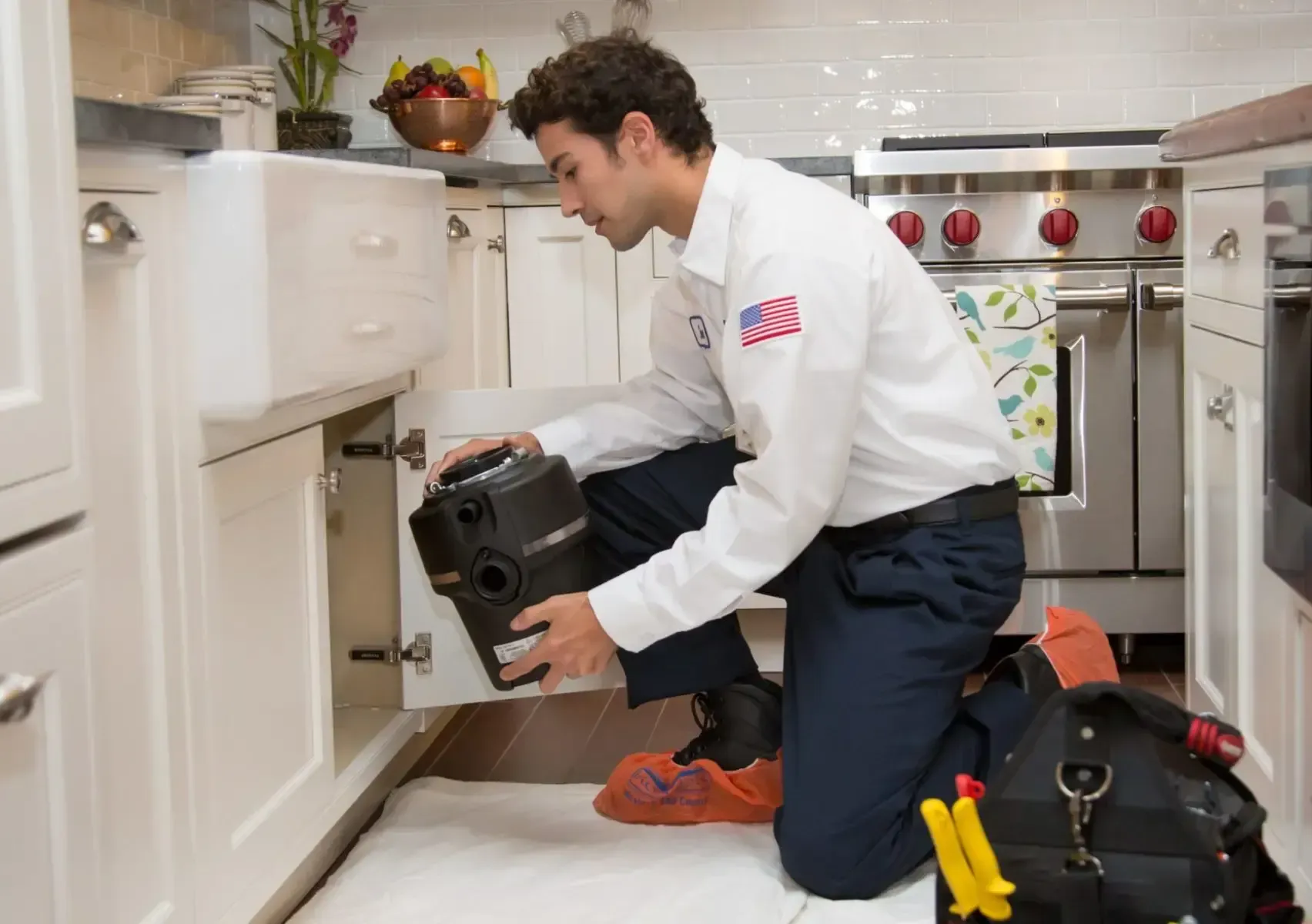Ah, the cast iron skillet—an age-old tool that has stood the test of time, gracing our kitchens with its versatile capabilities. Whether you’re a newbie who’s just brought one home or a seasoned (pun intended!) cook, knowing the best way to season a cast iron skillet is pivotal for its performance and durability. So, let’s roll up our sleeves and get down to business.
Unveiling the Mystery: The Best Way to Season a Cast Iron Skillet
Seasoning isn’t just a term relegated to salt, pepper, and herbs. In the world of cast iron cooking, seasoning refers to the process of baking oil onto the iron at a high temperature, creating a naturally non-stick surface. This process not only adds character to your skillet but also elevates its cooking performance. Here’s everything you need to know:
Why Cast Iron Skillets are Great for Cooking
Let’s take a moment to appreciate the unsung hero of your kitchen. Cast iron skillets offer several advantages that make them well worth the investment:
- Durability : These pans are virtually indestructible. With proper care, they can be passed down through generations.
- Heat Retention : Cast iron skillets are unparalleled in their ability to retain heat, which means your foods get an evenly cooked, crispy finish.
- Versatility : You can go from stovetop to oven effortlessly. Sear a steak on the stove and then bake it to perfection without needing a separate dish.
- Flavor Enhancement : A well-seasoned cast iron skillet imparts a unique flavor to foods that’s often described as slightly “smoky.”
- Chemical-Free : Unlike many non-stick pans that come with chemical coatings, a seasoned cast iron skillet provides a natural non-stick surface.
How to Season a Cast Iron Pan
There’s more than one way to season a cast iron skillet, and the best method often depends on what suits you. Here’s a detailed guide to some popular methods:
- Traditional Oven Seasoning
:
- Step 1 : Preheat your oven to 500°F.
- Step 2 : Wash your skillet with warm water and mild soap, then dry it completely.
- Step 3 : Use a cloth or paper towel to apply a thin layer of the best oil to season a cast iron skillet. Flaxseed oil is a popular choice, but you can also use grapeseed, sunflower, or even canola oil.
- Step 4 : Place the skillet upside down in the oven. You might want to put some foil underneath to catch any drips.
- Step 5 : Bake for an hour, then turn off the oven and let the skillet cool inside.
- Important : Too much oil on cast iron can create a sticky surface, so keep your application minimal.
- Stovetop Seasoning
:
- This is the fastest way to season a cast iron pan.
- Step 1 : Heat your skillet over medium heat until it’s hot but not smoking.
- Step 2 : Add a small amount of oil and use a cloth to spread it around the interior and exterior.
- Step 3 : Let the skillet heat until the oil reaches its smoke point. You’ll know it’s ready when it starts to smoke lightly.
- Step 4 : Turn off the heat and let it cool. Wipe off any excess oil.
- Repeated Cooking Method
:
- Each time you cook with fats like butter, lard, or oils, you’re essentially adding another layer of seasoning. Just avoid acidic foods like tomatoes and lemons, as they can strip the seasoning.
Cleaning a Cast Iron Skillet Safely
Proper cleaning ensures that you don’t strip off the hard-earned seasoning:
- Immediate Cleaning : It’s best to clean the skillet immediately after use while it’s still warm.
- Soap or No Soap : Contrary to popular belief, a small amount of mild soap won’t harm your seasoning. However, avoid using harsh detergents.
- The Scrub : Use a non-metal brush or nylon scrubber to remove stuck-on bits.
- Drying : Dry it immediately with a towel and place it on low heat on the stovetop to ensure it’s fully dry.
- Post-Cleaning Oil : Apply a very light layer of oil after each cleaning to maintain the seasoning.
Removing Rust from Cast Iron
Rust is the natural enemy of iron, but it’s not the end of the world or your skillet:
- Identification : Identify the rusted areas and the extent of rusting.
- Scrubbing : Use steel wool or a stiff-bristled brush to scrub off the rust gently.
- Cleaning : Wash with mild soap and water, then dry completely.
- Re-seasoning : Follow your chosen method to re-season the skillet.
Now you should know the best way to clean a cast iron skillet and care for your cast iron cookware. Enjoy the best results possible from your culinary endeavors! And when you find yourself with a broken stove or oven, remember that professionals like Conner’s Appliance are always there to help you with any kitchen appliance repair services .



